oxidized cold rolled steel range hood
janedibber
19 years ago
Featured Answer
Comments (14)
spambdamn_rich
19 years agogooseberry_guy
19 years agoRelated Professionals
Dallas Furniture & Accessories · Kirkland Furniture & Accessories · Kansas City Furniture & Accessories · San Juan Capistrano Furniture & Accessories · Barrington General Contractors · Corsicana General Contractors · Florida City General Contractors · Ken Caryl General Contractors · Kyle General Contractors · Seal Beach General Contractors · Summit General Contractors · Beverly Hills Siding & Exteriors · Cherry Hill Siding & Exteriors · Levittown Siding & Exteriors · Manassas Siding & Exteriorsjanedibber
19 years agojanedibber
19 years agogooseberry_guy
19 years agospambdamn_rich
19 years agogooseberry_guy
19 years agospambdamn_rich
19 years agojanedibber
19 years agogooseberry_guy
19 years agospambdamn_rich
19 years agojanedibber
19 years agobrickeyee
19 years ago
Related Stories
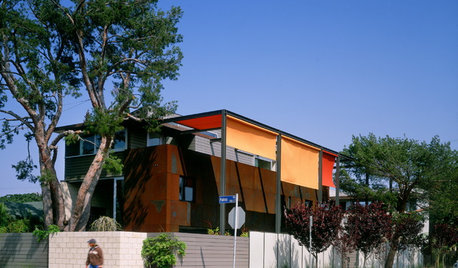
REMODELING GUIDESInteresting Industrial Materials: Cor-Ten Steel
Use the Rust-Rich Metal for a Variety of Exterior Applications
Full Story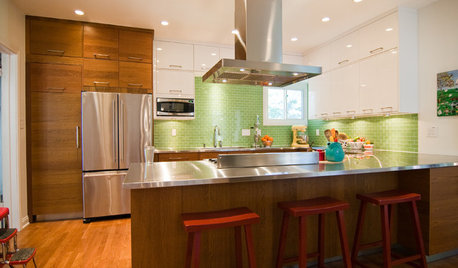
KITCHEN COUNTERTOPS10 Great Backsplashes to Pair With Stainless Steel Counters
Simplify your decision-making with these ideas for materials that work well with stainless steel counters
Full Story
SMALL HOMESHouzz Tour: Rolling With Simplicity in a Tiny House on Wheels
Just 240 square feet, this California home encourages efficient living — but there’s still room for yoga
Full Story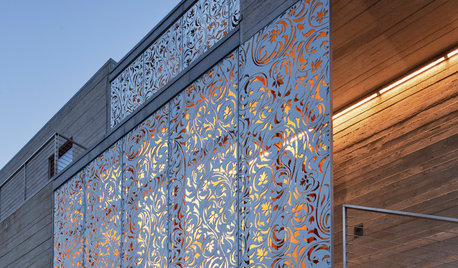
ARCHITECTUREDesign Workshop: Getting a Feel for Steel
Versatile and strong beyond belief, steel can create amazing expressions in homes and landscapes
Full Story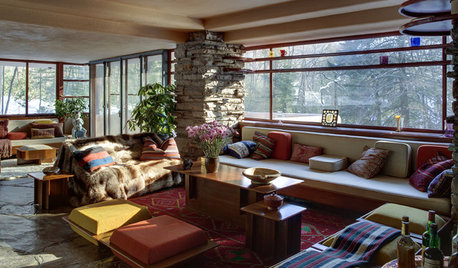
WINDOWSSteel-Framed Windows Leap Forward Into Modern Designs
With a mild-mannered profile but super strength, steel-framed windows are champions of design freedom
Full Story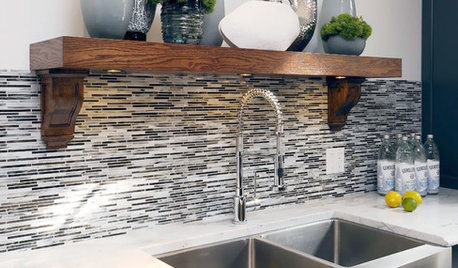
KITCHEN DESIGNKitchen Sinks: Stainless Steel Shines for Affordability and Strength
Look to a stainless steel sink for durability and sleek aesthetics at a budget-minded price
Full Story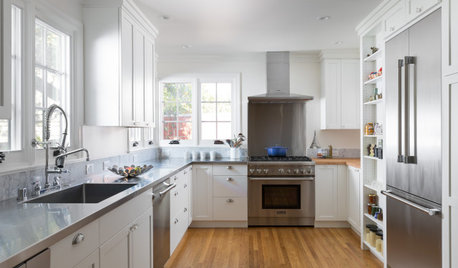
HOUSEKEEPINGHow to Clean Stainless Steel
Protect this popular kitchen material with a consistent but gentle cleaning routine
Full Story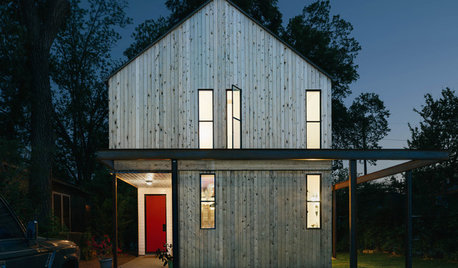
MOST POPULARHouzz Tour: Elbow Grease and Steel Create a Modern Texas Farmhouse
Talk about DIY. This couple acted as architect, interior designer and general contractor to build a one-of-a-kind home on a budget
Full Story
KITCHEN DESIGNHow to Choose the Right Hood Fan for Your Kitchen
Keep your kitchen clean and your home's air fresh by understanding all the options for ventilating via a hood fan
Full Story
HOUSEKEEPINGHow to Clean Your Range and Oven
Experts serve up advice on caring for these kitchen appliances, which work extra hard during the holidays
Full Story





spambdamn_rich